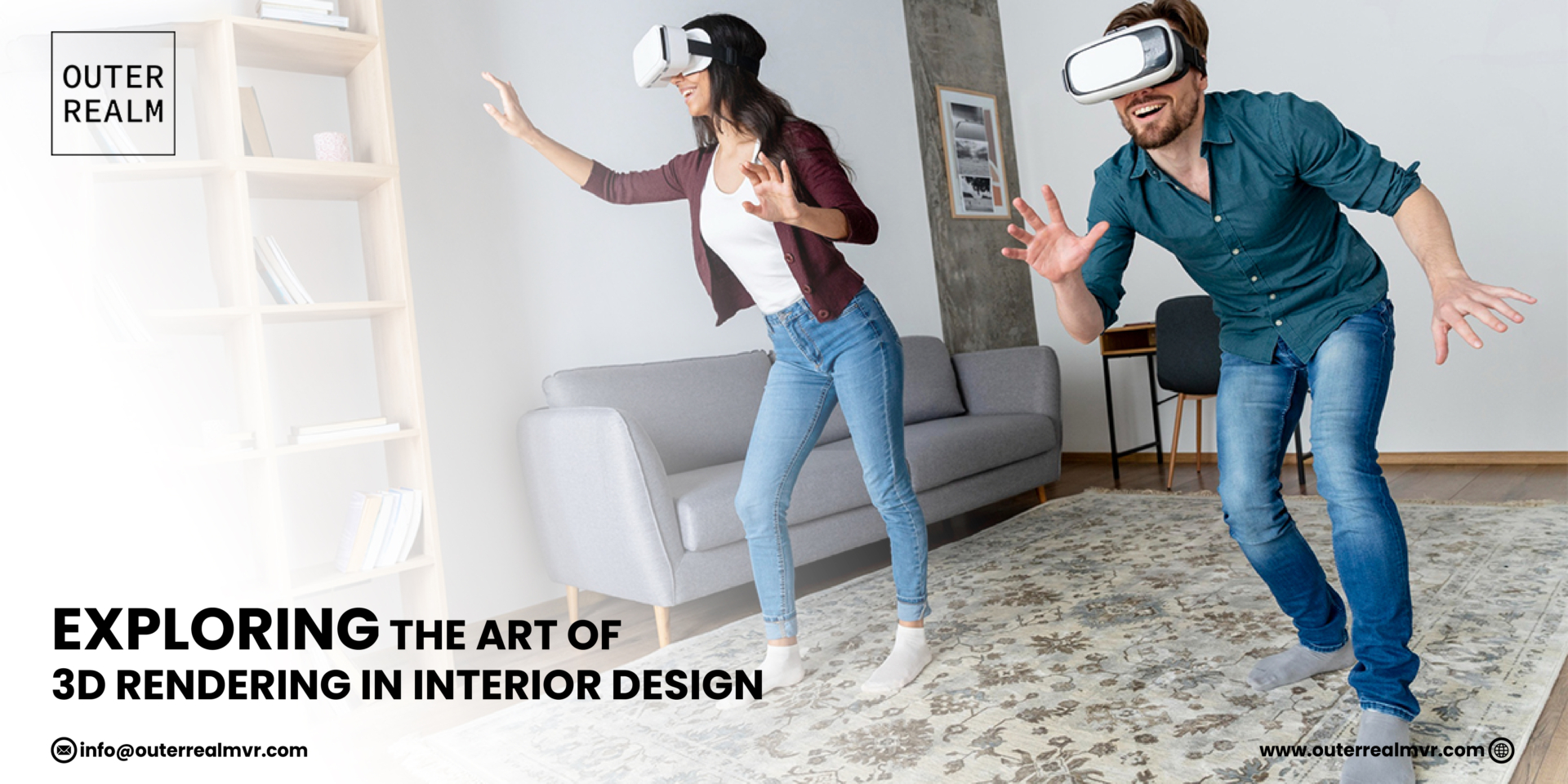Exploring the Art of 3D Rendering in Interior Design
In the realm of interior design, the evolution of technology has revolutionized the way spaces are envisioned, created, and presented. One such groundbreaking innovation that has significantly impacted this industry is 3D rendering. Gone are the days when designers relied solely on sketches and blueprints; today, 3d rendering interior design has become the cornerstone, seamlessly merging imagination with reality to bring designs to life even before the first brick is laid.
The Essence of 3D Rendering in Interior Design
- Visualizing Imagination
Traditionally, conveying design ideas to clients involved intricate drawings and elaborate explanations, leaving much to the imagination. However, with 3D rendering, designers can now present photorealistic visualizations that encapsulate every aspect of their vision. Whether it’s the interplay of light and shadow, textures, color schemes, or furniture placement, 3d rendering interior design grants a comprehensive preview of the final space.
- Enhanced Communication
Communication is pivotal in any design process. The interior design 3d model acts as a universal language, enabling designers, clients, architects, and stakeholders to communicate effectively. It bridges the gap between technical jargon and layman’s terms, ensuring everyone involved comprehends the design concept and its execution.
- Iterative Refinement
Unlike traditional methods that might require significant rework if changes are requested, 3D rendering allows for swift modifications. Designers can easily tweak elements within the digital model, catering to client feedback and evolving preferences. This iterative refinement process ensures that the final design meets or exceeds the client’s expectations.
- Cost and Time Efficiency
The utilization of home design 3d rendering significantly streamlines the design process. It minimizes costly errors that might arise during construction due to misunderstandings or misinterpretations. Additionally, by visualizing the end result beforehand, potential issues can be identified and resolved, saving both time and resources.
The Technical Wizardry Behind 3D Rendering
- Software Sophistication
Moreover, powerful software applications like Autodesk 3ds Max, SketchUp, Blender, and V-Ray are instrumental in creating immersive 3D renderings. These tools empower designers to craft intricate models, play with lighting, experiment with materials, and produce lifelike representations of their designs.
- Realism Through Lighting and Textures
One of the key aspects that elevate a 3d rendering interior design to a photorealistic level is the manipulation of lighting and textures. Designers meticulously adjust these elements to mimic natural lighting conditions and imbue surfaces with realistic textures, making the rendering indistinguishable from a photograph.
- Rendering Techniques
Rendering techniques like ray tracing and path tracing simulate the behavior of light, resulting in images that are strikingly realistic. These techniques calculate how light interacts with various surfaces, enhancing the visual quality of the renderings and contributing to their authenticity.
Conclusion: Paving the Way to Design Innovation
In conclusion, the integration of 3d rendering interior design in interior design has also redefined the way spaces are conceptualized and realized. It serves as a catalyst for innovation, empowering designers. To push the boundaries of creativity and deliver unparalleled experiences to clients.
As technology continues to advance, the combination of imagination and technology through 3D rendering by Outer Realm will undoubtedly shape the future of interior design, transforming visions into tangible, breathtaking realities.
The fusion of artistic prowess and technological advancements in 3D rendering by a 3d design company signifies a new era where design possibilities are limited only by imagination.

